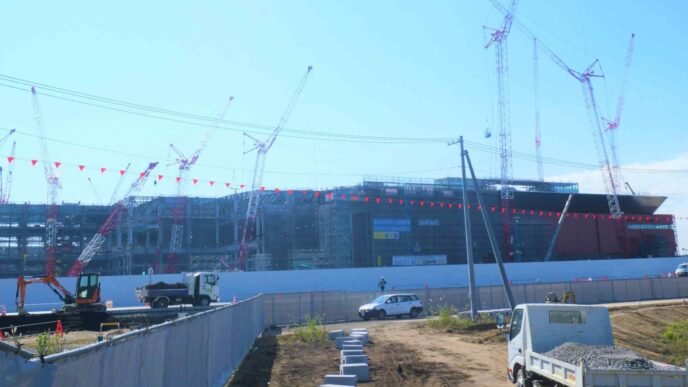The earthquake early warning center at the Sichuan-based Institute of Care-life (ICL) Photo: Courtesy of ICL
Thanks to the effective implementation of a national early warning system, over 129,000 residents received timely alerts before a magnitude 4.7 earthquake in Feidong county in Hefei, capital city of East China’s Anhui Province, at 8:08 pm on Wednesday.
The early warning system provided critical alerts, giving residents in Hefei a three-second heads-up, while those in Chuzhou, Anhui, received an 11-second heads-up, and residents in Nanjing, capital of East China’s Jiangsu Province, were alerted 26 seconds before the tremors hit. Specialized receiving terminals, mobile phones, and televisions across the affected areas broadcasted the warnings, ensuring that millions were informed in advance, Science and Technology Daily reported on Thursday.
No casualties have been reported after the earthquake, with the epicenter located at 31.98 degrees north latitude and 117.6 degrees east longitude, the Xinhua News Agency reported on Wednesday, citing data from China Earthquake Networks Center.
The quake, which had a depth of 12 kilometers, was followed by 49 aftershocks, with the largest aftershock occurring at 7:58 AM on September 19, measuring 2.6 in magnitude.
In July, China successfully completed its National Earthquake Early Warning Project through the deployment of 15,899 monitoring stations across the country, unveiling the world’s largest earthquake early warning network.
Ma Qiang, chief engineer of the project, told the Global Times on Thursday that earthquake early warning relies on a dense network of seismic monitoring stations to issue alerts before destructive seismic waves arrive. It takes advantage of the fact that seismic waves travel significantly slower than electromagnetic waves.













